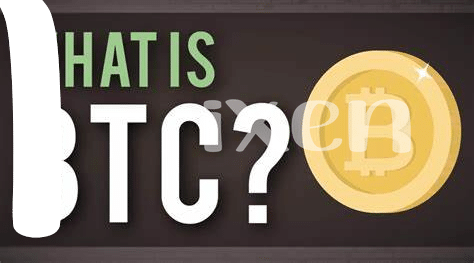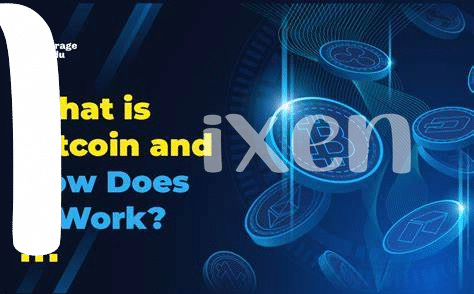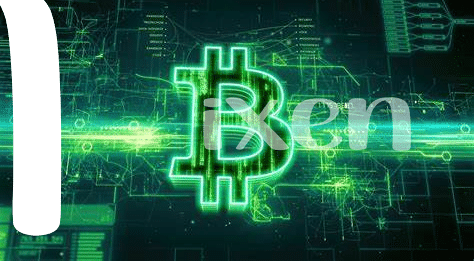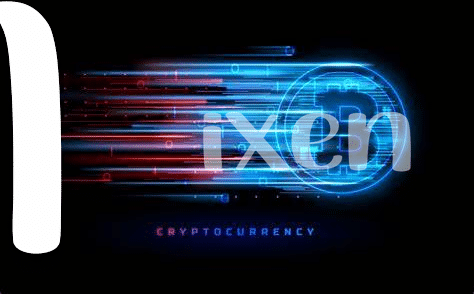What Is Bitcoin? Breaking down the Basics 🌐

Imagine a world where you can’t see or touch the money, but you can spend it anywhere: that’s Bitcoin for you. It sprang up from the digital ether in 2009, dreamed up by a mysterious figure known as Satoshi Nakamoto. Unlike traditional paper money that you can hold, Bitcoin is completely digital. You might think of it like invisible internet money, but it’s so much more than that. It’s built on a super-smart system called blockchain, which is like a digital ledger that keeps track of every single transaction without the need for a middleman, like a bank.
Now, how does this all work? Every Bitcoin is essentially a computer file stored in a ‘digital wallet’ app on a smartphone or computer. People can send Bitcoins (or part of one) to your digital wallet, and you can send Bitcoins to other people. What’s really cool is every single transaction is recorded in a public list called the blockchain. This makes it possible to trace the history of Bitcoins to stop people from spending coins they do not own or making copies.
| Feature | Description |
|---|---|
| Digital Nature | Bitcoin exists entirely in a digital form, allowing for global transactions without physical exchange. |
| Blockchain Technology | Utilizes a decentralized and transparent ledger system to record transactions, enhancing security and trust. |
The Story Behind Bitcoin: from Idea to Reality 📚
Bitcoin’s journey from a sketch on paper to the digital heavyweight it is today reads like an enthralling tale of innovation and determination. Born in the depths of the 2008 financial crisis, it was a response to growing skepticism towards traditional banking systems. A person or group under the pseudonym Satoshi Nakamoto introduced Bitcoin to the world through a white paper, sparking curiosity and excitement among tech enthusiasts. This wasn’t just another digital currency; it was a decentralized money system, free from the control of any government or institution. The idea was groundbreaking – a currency that could be sent directly from one person to another, anywhere in the world, without needing a middleman, like a bank. Early adopters were a mix of visionaries and tech-savvy individuals who mined and traded Bitcoin, laying the foundation of what would become a global phenomenon. As the years passed, the value of Bitcoin soared, drawing in investors and sparking debates about its future. Amidst skepticism and anticipation, Bitcoin has proven resilient, evolving from an obscure digital token to a pioneering force, challenging our traditional notions of money. For those eager to dive deeper into the world of cryptocurrencies, exploring how to navigate this new landscape sustainably is crucial. Interesting insights can be found here, providing a glimpse into eco-friendly practices within the digital currency space.
How Does Bitcoin Differ from Traditional Money? 💸

Think of traditional money like the cash in your pocket or the balance in your bank account. It’s managed by banks and governments, meaning they keep an eye on it, control how much is made, and track where it goes. Now, enter Bitcoin. Imagine it as digital cash that lives online. But here’s the twist: there’s no big boss watching over it. Instead, it runs on a network of computers around the world, ensuring no single person or place has control. This setup is a bit like a team game where everyone follows the same rules without needing a referee. 🌍💻
Using Bitcoin is like sending an email; it goes directly from you to the recipient, no middlemen. It’s speedy and works any time of the day or night. Unlike sending money overseas which can be slow and costly, Bitcoin zips across borders without fuss. Plus, your Bitcoin ‘address,’ akin to an email, but for money, keeps your transactions private. You can see the transaction happened, but who’s behind it remains a mystery. So, in a world where your financial footprint is usually tracked, Bitcoin offers a cloak of privacy—if you know how to use it right. 🕵️♂️💨
Buying Stuff with Bitcoin: Not Just for Techies 👛

Gone are the days when Bitcoin was seen as the exclusive realm of the tech-savvy and digital currency enthusiasts. Now, it’s as if the digital currency is saying, “Hey, you don’t need a degree in computer science to use me!” Today, from your morning coffee to that trendy online store, Bitcoin is becoming a common way to pay for things. The beauty of it? You get to wave goodbye to hefty transaction fees and long waiting times typically associated with traditional banking. It’s like sending an email, quick and simple. Plus, with every transaction you make, you’re taking a step into the future of finance, embracing a world where digital currency is king.
But let’s peer a bit below the surface. How does this all work? Think about the technology that keeps Bitcoin running – it’s called blockchain. For those curious about the geeky side of things, imagine a chain where every link is a record of every Bitcoin transaction ever made, creating an immaculate, untamperable history. For a deeper dive into this fascinating world, you might peek at eth price history. Here, you’ll see more on how blockchain technology isn’t just powering Bitcoin but could very well be shaping the future of digital transactions. From buying everyday items to possibly revolutionizing how we think about money, Bitcoin is showing us a glimpse of a vast, exciting frontier ahead.
Beyond Purchases: Other Cool Uses of Bitcoin 🔍
Bitcoin really shines when you start exploring its capabilities beyond just buying things. Think of it like a swiss army knife for the digital age. For starters, it’s a powerful tool for sending money across the globe 🌍 without the hassle of traditional bank fees or waiting times. This is a game-changer for people who need to send remittances to family members in different countries. But that’s just scratching the surface. Bitcoin has also paved the way for ‘smart contracts’ – agreements that execute automatically when certain conditions are met, without the need for a middleman. This can be used for anything from renting an apartment to buying a car 🚗. Then there’s the realm of digital ownership and collectibles, made possible by the blockchain technology that underpins Bitcoin. People are buying, selling, and trading digital art and collectibles as non-fungible tokens (NFTs), with some pieces going for millions. The beauty of these uses is that they are secured by the same technology that makes Bitcoin safe, ensuring authenticity and ownership in a way that wasn’t possible before.
| Use Case | Impact |
|---|---|
| Global Money Transfers | Reduces fees and waiting times |
| Smart Contracts | Automates and secures agreements |
| Digital Art & Collectibles | Introduces new forms of ownership and investment |
The Future of Bitcoin: What Could Happen? 🚀

As we gaze into the crystal ball to predict the future of Bitcoin, it’s like staring into a vast universe of possibilities. Picture Bitcoin not just as a form of digital money, but as a pioneer in the ever-evolving digital world. It’s sparked a revolution that could change how we view and use money altogether. With advancements in technology, we might see Bitcoin becoming as common as using cards or cash. Imagine walking into your local coffee shop and paying for your latte with Bitcoin with just a tap on your phone. This isn’t a distant reality anymore; it’s a future that’s being written now.
However, the road ahead isn’t just about buying your morning coffee with Bitcoin. It involves grander, more complex possibilities. For instance, Bitcoin’s underlying technology, blockchain, holds the key to creating an even more secure and transparent way of conducting transactions, impacting everything from how we vote to how we prove ownership. As we venture further, the line between the physical and digital world blurs, making Bitcoin a significant player in this new era. Curious about how the technology that makes Bitcoin tick could be adapted for other uses? Learn about how the principles behind Bitcoin work through how to do litecoin mining, and you’ll catch a glimpse of the digital future taking shape.
